I’m having baby #5. You’d think I’d have this thing all figured out by now.
But no.
Here I am planning to make health decisions for my baby that are completely different than what I did with my first 4 boys.
Because I am making what some would consider unconventional health decisions, I need a plan in place with everything laid out.
It’s important for my doctor to know what I’d like up-front.
And it’s important my husband is on the same page so he can advocate on behalf of my baby if I’m unable to.
I want to make the absolute best health decisions I can for my baby given our unique circumstances. That said, this is not health advise for you or your baby. Be sure to take into account your own unique health circumstances with the help of your healthcare provider.
6 Health Decisions to Make for Baby Before Leaving the Hospital
Now, if I was doing a home birth or using a midwife, I might not have to be quite so organized about things. But midwives (even those that deliver in hospitals) won’t touch me with a 10 foot pole. I’m too high-risk.
Unless I want my hubby to deliver this baby—and he’s not really excited about that thought—I’ll be in the hospital with an OB attending the birth.
That said, it’s important I know not just what I want, but why I’m choosing these decisions so my husband and I can knowledgeably talk to health care professionals before labor and after.
1. Antibiotic Eye Drops: NO
Ophthalmia neonatorum is an eye infection that occurs during the first few weeks of life and causes inflammation in the eyes.
Prior to the use of antibiotics, 0.3% of infants were blinded because of this infection.
In the late 1800s, the cause of this infection was discovered: gonorrhea in the mother being passed to the baby in the birth canal. Today, however, the STD chlamydia is the more likely culprit. There are other bacterium that can causes this eye infection, but the antibiotic that is used targets gonorrhea and chlamydia.
When there is an untreated infection at birth, a baby is at high risk of developing this eye infection.
But this risk is very, very low in the United States and other developed countries because pregnant mamas are screened for STDs early in their pregnancy. STDs can cause many more serious problems during the development of baby in utero, which is why doctors make sure STD testing is done early in pregnancy.
The current stance of the American Academy of Pediatrics (AAP) is that erythromycin be put in the eyes of all newborns to prevent gonorrheal ophthalmia neonatorum.
But the Canadian Pediatric Society has recently changed it’s position. It recommends routine antibiotic eye drops be stopped, saying:
Physicians caring for newborns should advocate for rescinding mandatory ocular prophylaxis laws. More effective means of preventing ophthalmia neonatorum include screening all pregnant women for gonorrhea and chlamydia infection, and treatment and follow-up of those found to be infected.
Given that antibiotics are about 80% effective in preventing this serious eye infection due to the STDs gonorrhea and chlamydia, it’s a necessary treatment babies who have moms with an active infection.
But there is no evidence that this treatment is effective for babies who develop this eye infection from other bacterium.
That said…
- Since I know I don’t have gonorrhea or chlamydia, I’ll be skipping the eye drops since my baby has a 0% chance of developing this STD related eye infection.
- If baby develops pink eye with pus, it’s important to contact with a pediatrician quickly who can help navigate treatment. Thankfully, I live in a developed country where access to injectable antibiotics is not difficult should baby need treatment for an eye infection. And injectable antibiotics are a very fast-acting and effective treatment for these infections.
2. Hepatitis B Vaccination: NO
This isn’t actually something I’m doing differently this time around, but no doubt I wouldn’t have even thought much about it with my other boys if it had been offered.
Presently, in the US, vaccinating babies for hepatitis B at birth is standard practice.
I find this a bit unusual.
You see, those at risk for developing a hepatitis B infection are primarily those who are engaging in unprotected non-monogamous sex and those using IV drugs. And to a lesser extent individuals getting blood transfusions or coming into contact with the blood of someone who is also infected are also at risk also have an increased risk.
The primary reason given by health care providers to give babies a hepatitis B vaccine at birth is to prevent the spread of hepatitis from mom to baby. But…
- STD screening is done early in pregnancy, so it’s easy to know if mom is infected.
- And actually, if mom is infected, baby should also receive the hepatitis B immune globulin shot within 12 hours after birth to help prevent transmission to baby.
Babies born to non-infected moms are not at risk—unless the baby receives a blood transfusion (and even then, the risk is very small because blood is well screened).
So, why is this vaccine given at birth anyhow? Why inject a newborn baby with a developing immune system with a vaccine that containing toxins into their little bodies right after birth?
Compliance. Doctors get high compliance rates if they can get babies vaccinated at birth.
Sorry, that’s not a good enough reason for me. If we choose to give our new little one the hepatitis B vaccine, it won’t be at birth. It will be once their immune system is fully developed and their bodies are able to process the ingredients in the vaccines better.
3. Delayed Cord Clamping: YES
Why did I not know about this sooner?! I wish I had known this was a “thing” with my first baby.
Most mommas have experienced immediate cord clamping: as soon as baby is born, the cord is clamped and cut right away. This has been standard practice for decades. But times, they are a’ changin’.
All of my babies have been born at 35 weeks and have suffered from severe anemia as infants—one of them had to be hospitalized for a couple days because his levels were so low.
So, what’s that got to do with delayed cord clamping?
At birth babies umbilical cord and placenta contain about 1/3 of their blood volume. The other 2/3 is in babies body at birth. But that blood in the placenta and cord is quickly transferred to baby via the umbilical cord if given just a few minutes.
When you allow baby to receive the rest of this blood it results in increased blood volume: babies have higher red blood cell, stem cell, immune cell counts, and (bonus) cord blood is very rich in iron.
- According to the American Congress of Obstetricians and Gynecologist (and several other sources) the extra iron stores they receive from their cord blood is significant enough that it may help prevent iron deficiency during the first year of life in many babies.
- In preemies, delayed cord clamping may also help protect against organ damage, brain injury, and death.
- Another benefit of delayed cord clamping is that (contrary to popular belief) it decreases the risk of post-partum hemorrhage (excessive bleeding) and decreases complications with delivering placenta. Early clamping can result in a placenta that is engorged with baby’s blood and can lead to problems with placenta delivery.
More practitioners are becoming open to this practice, but you need to specify what you mean when you tell your health card provider you’d like delayed cord clamping. To your doctor, that may mean 1 minute or 2. While waiting even a minute or two will confer some benefits to baby, I am requesting my doctor wait until the cord stops pulsing or until after the placenta is delivered to give baby optimal benefits of delayed cord clamping.
4. Skin-to-Skin: YES
All of my babies have been taken from me either immediately or very shortly after birth. I’ve not had the opportunity to experience immediate skin-to-skin contact with any of my boys. Each of my boys has been born at 35 weeks.
My first was taken to the NICU because he was so tiny (there was no other reason given and he had no problems). I didn’t even get to see him before they whisked him away. That wasn’t a fun experience. Talk about freaking out mama.
With my other boys, I was able to hold them briefly before they were taken to put in a little baby incubator to ensure their temps were regulated. With my twins, nurses came and informed me while I was in recovery that their heart rates began racing and they’d need to be monitored closely for a while until I could see them. Again, this didn’t impart anything but anxiety to me as I laid their unable to see my babies.
When the doctor came to check on the twins, he found their hearts were racing because they were overheated—thanks to the incubators. So, out of the incubators they came!
I’ll be requesting immediate skin-to-skin and if this baby is early. If they’re concerned about temp regulation, I’ll be strongly encouraging the doctors to consider kangaroo care (skin-to-skin with a warm blanket over top) instead of sticking them in an incubator. Let’s not make the same mistake we did last time.
5. Delay Bathing: YES
Waiting to bathe baby? What? Ewww…
Those were my first thoughts when I first read this recommendation on a hospital website! YES, I first heard about this from a hospital that was working towards adopting evidence-based, baby-friendly practices.
But why wait to bathe baby? A bath really isn’t much fun for a newborn and can cause stress, increased cortisol, and in turn can make babies blood sugar levels drop (not great for a new baby trying to adjust to a new world without their placenta).
But the benefits go beyond that. That white, waxy stuff covering your baby (vernix) is actually a great germ barrier. It contains proteins that prevent many common bacterial infections. And if you’re having your baby at a germ factory hospital, like I am, your baby can use as much germ prevention as possible!
And as an extra bonus, by delaying babies bath, I’ll get to be the first one to give my sweet little nugget a bath.
6. Vitamin K Injection: YES, but…
Out of all of the decisions I’ll be making for baby, the one I have struggled with the most is the newborn Vitamin K injection. I prefer to avoid any unnecessary interventions and “extras” that I can.
That said, babies are born with a very low reserve of Vitamin K which puts them at risk for Vitamin K Deficiency Bleeding (VKDB). VKDB, though rare, is very serious. VKDB can cause brain bleeds resulting in serious brain injury. Not something I really want to risk!
What are the options? Is the standard Vitamin K injection the only option?
- The Vitamin K injection given by hospitals is the gold standard. It nearly eliminates any chance your baby will have problems with VKDB. There’s a few questionable preservatives and ingredients in this injection, which is why some moms want to avoid the injection.
- And another option is to ask your hospital if they offer the preservative-free version of the Vitamin K shot.
- One option some crunchy mommas advocate for is use of Vitamin K drops. While these drops are available and seem to decrease the incidence of VKDB, they don’t do as good of a job as the injection. They’re not absorbed as well into babies system. Biotics Research Bio-K-Mulsion is the brand currently available in the US.
- Another option (which is good for all mommas, no matter what you choose) is to increase your intake of Vitamin K during the 3rd trimester of pregnancy and while breastfeeding.
I’ve decided to take a two-fold approach.
- Because VKDB has such serious consequences and the risk can be nearly eliminated with the shot, we’ll be requesting the preservative-free version of the Vitamin K injection.
- I’ll also be upping my intake of Vitamin K during pregnancy which certainly doesn’t hurt anything either and is a good idea for my own health. One of the ways I’ve already begun by drinking a pregnancy tea that includes nettles (naturally high in Vitamin K). I’m really enjoying this tea with nettles, alfalfa, and red raspberry leaf in it. Nourishing and yummy!
Support for Your Health Decisions
Whether you’re making decisions for baby that aren’t considered 100% mainstream, or some of your prenatal decisions are a bit different than what’s considered standard practice, be sure you surround yourself with people who will offering you the support you need during this time of life.
Check out the research. Talk to your doctor. Talk to your husband. Be an advocate for your health and the health of your baby!
For the first time, we’ve hired a doula for this birth. I was excited to learn that the health sharing ministry we’re part of (Samaritan—you can read more about our experience here) will cover up to $500 for hiring a doula. My husband and I are excited to have a support person that is experienced in childbirth walk beside us and help us advocate for some of these decisions we’ve made.

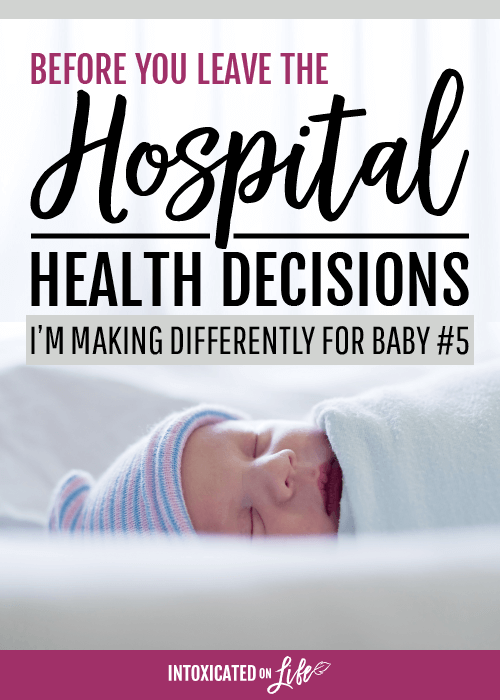

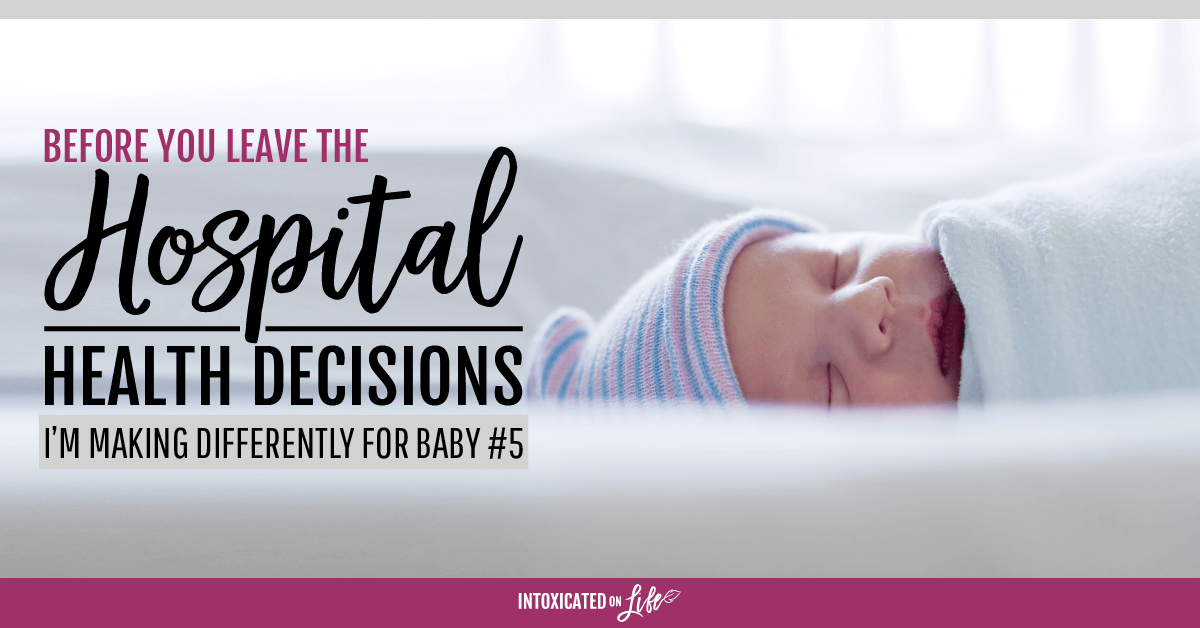

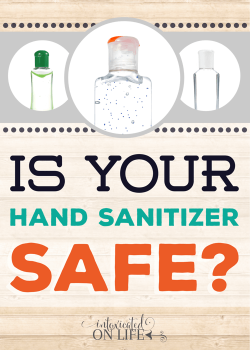
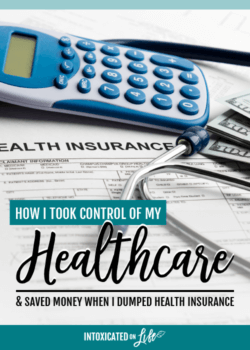
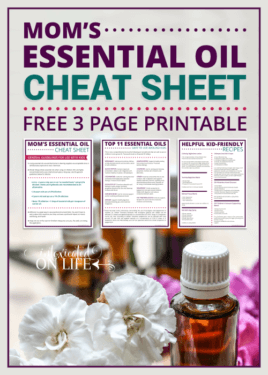





Yes! I believe that no matter how crunchy a mom considers herself, she should research all of this! When my daughter was born in 2013 we still weren’t very far into our crunchy transition. However I started to question things like you. Why would she need antibiotic eye drops when I didn’t have any STDs? Plus she was a scheduled c-section so not coming into contact with that area anyway for those germs to transfer. We also declined the hep b but kept the vitamin k. Thankfully our doctors were on board with it all!
The vitamin K shot DOES NOT actually contain Vitamin K. If you are breastfeeding your son, you are better off waiting until he’s about 6 months to get him circumcised. He will get all the Vitamin K that he needs from your breastmilk.
Hi Jessica,
I’m not sure where you heard that the Vitamin K shot doesn’t have any Vitamin K in it. If you check the insert and ingredient list, you’ll see it’s the primary ingredient (1 milligram). Breast milk has just 1 microgram of Vitamin K per liter of milk. While I acknowledge that Vitamin K deficiency bleeding is very rare, this is one area I’m not personally willing to take even that small risk since the preservative free version of the shot is available. I know other moms who have skipped it and their babies have done just fine without it though, so I think each mom just needs to decide what kind of risk they are OK with and weight the cost/benefit.
It’s called research. Here’s a link foryou to read all about the shot. If you’re still set on getting it after reading this then it’s your choice.
Hi Jessica,
I did plenty of research prior to writing this post. I read actual peer reviewed journal articles along with opinion pieces (including the one you referenced). The opinion piece you referenced points out that the Vitamin K is synthetic vitamin K. That is correct, but it does not say there is NO vitamin K in the shot. Many vitamins on the market are made with synthetic vitamins.
Peer reviewed research shows there is little (quite possibly no) downsides to this shot especially when you’re getting the preservative free version. There are other options like the Vitamin K drops or simply doing nothing special at all, and as I’ve already admitted it’s likely baby would be fine with any of those options since VKDB a quite rare problem (just 4.4 to 10.5 infants out of 100,000 who do nothing will end up with VKDB; 1.4 to 6.4 infants out of 100,000 who use the oral drops; and 0 to 0.62 infants per 100,000 who get the injection). But for me and my baby and our specific circumstance, I do believe it’s in the best interest to get the preservative-free Vitamin K injection.
It’s wonderful we live in a country where we can each make these decisions for ourselves so you and others can analyze your own unique situations and choose what is best for you!